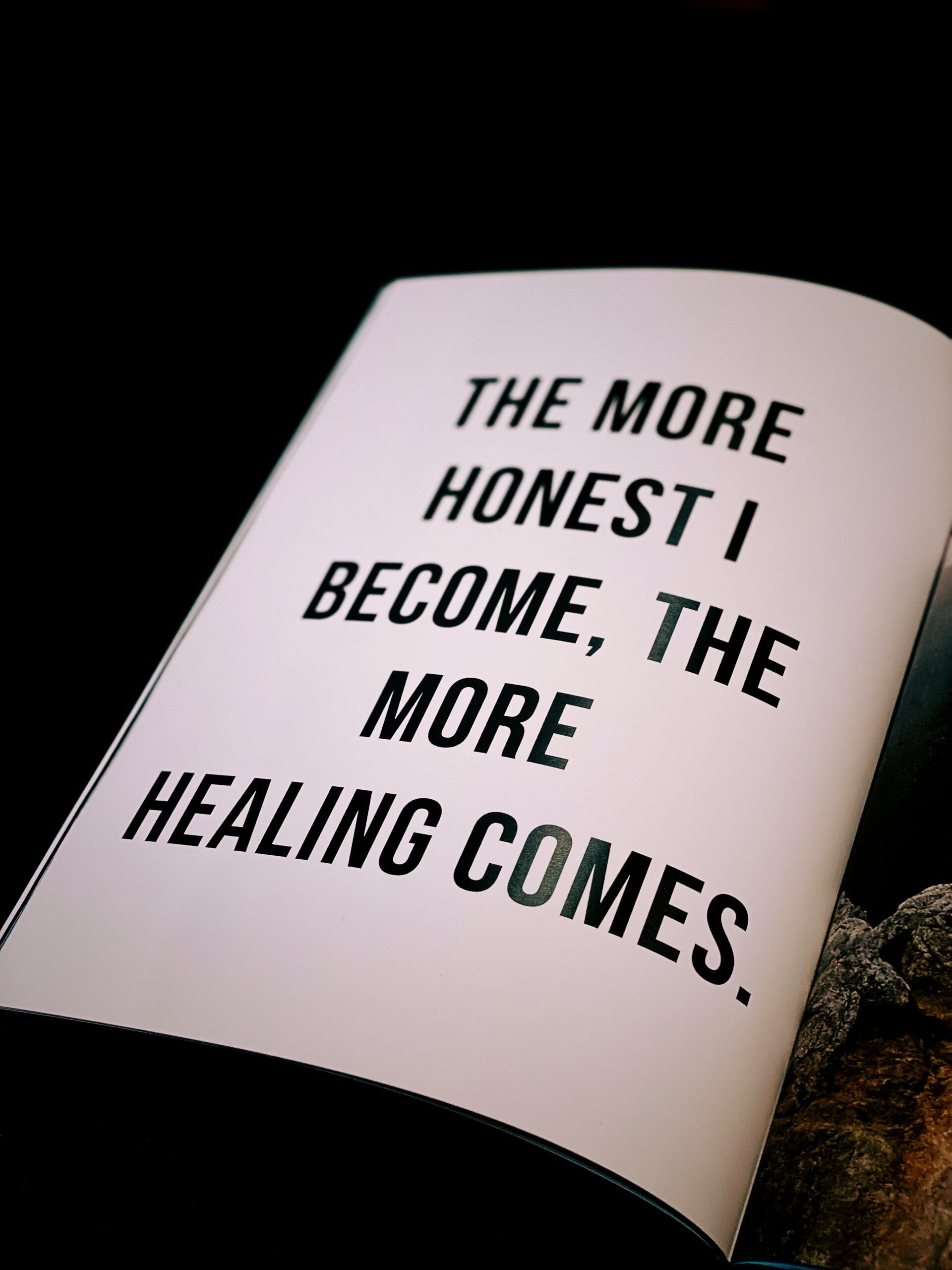How to Heal Trauma with Manifestation: A Practical Guide to Inner Peace
Trauma can leave lasting emotional wounds, shaping how we experience life. However, what if you could turn that pain into empowerment? For example, many are learning to heal trauma with manifestation, blending intention, positivity, and emotional release. Because trauma often hides in our subconscious, manifestation offers a path to rewrite those shadows and embrace a brighter future. In this guide, we’ll dive into how this works, why it’s effective, and practical steps to start healing today.
Understanding Manifestation to Heal Trauma
Manifestation is about turning your desires into reality through focused thoughts and emotions. For instance, you might envision a peaceful, healed version of yourself and align your energy with that image. But how does this tie to trauma? Trauma, whether from a single event or prolonged stress, traps negative energy. Therefore, using manifestation means shifting that energy—replacing despair with hope.
Science backs this up somewhat. Neuroplasticity research shows our brains can rewire with consistent practice. Because manifestation relies on repetition, it can disrupt trauma’s mental loops. However, it’s not an instant cure; it’s a process requiring dedication.
Why You Can Heal Trauma with Manifestation
Trauma often locks us in survival mode, replaying pain or bracing for more. Manifestation breaks this pattern by redirecting focus. For example, instead of fixating on past hurts, you visualize a life beyond them. This doesn’t erase trauma instantly, but it builds strength over time. Because thoughts shape emotions, picturing healing can calm your nervous system.
Moreover, manifestation hinges on belief. If you trust you can overcome trauma, you’re more likely to act toward that goal. This empowerment is vital when trauma leaves you feeling helpless. While not a therapy replacement, it’s a potent complementary tool.
Face Trauma to Manifest Healing
Healing starts with acknowledgment. Write down your trauma—its events or effects—without judgment. Because manifestation needs clarity, honesty about your pain lays the groundwork. Don’t force positivity yet; just observe.
This step matters because suppressing trauma strengthens its grip. Naming it reclaims your power. Then, affirm, “I’m ready to heal trauma with manifestation.” This plants your healing seed.
Visualize to Overcome Trauma Through Manifestation
Visualization drives manifestation. Picture yourself healed—joyful, calm, free. What do you see? How do you feel? For instance, imagine laughing freely or waking without dread. Because trauma clouds future hope, this rewires your mind for possibility.
Make it actionable: spend 5-10 minutes daily visualizing. Engage all senses—feel warmth, hear peace. The clearer the image, the stronger the effect. This helps you align with hope and begin healing.
Affirmations to Manifest Trauma Healing
Words shape reality, especially when repeated. Affirmations are positive phrases that reinforce healing. Try, “I release trauma and embrace peace,” or “I’m strong enough to heal trauma with manifestation.” Because trauma breeds negative self-talk, affirmations replace lies with truth.
Write 3-5 affirmations and say them daily. Or record them to listen while relaxing. Repetition trains your mind, making healing feel real.
Release Pain and Heal Trauma with Manifestation
Trauma sticks as physical energy too. Therefore, manifestation isn’t just mental—it’s active. Try yoga, dancing, or shaking to let go. For example, a short yoga flow can release emotions while grounding you.
Or do a “release ritual”: write what you’re shedding—fear, guilt—and burn it safely. As it burns, say, “I’m free to move forward.” This act strengthens your intention.
Use Gratitude to Boost Manifestation for Trauma Healing
Gratitude feels tough amid pain, but it’s transformative. Because trauma highlights negatives, gratitude spotlights positives. Start small—thank a sunny day or a kind gesture. For instance, list three daily gratitudes.
This raises your energy, key to manifestation. Higher vibes make healing easier. Over time, gratitude reshapes your outlook, inviting joy.
Overcoming Blocks to Heal Trauma with Manifestation
Healing isn’t linear, and doubts can creep in. You might wonder, “Am I doing this right?” or “Why isn’t it faster?” For example, if trauma resurfaces, that’s normal—it’s releasing. Instead of quitting, journal it and recommit.
Impatience is another hurdle. Because deep healing takes time, trust small wins—like feeling lighter after visualizing. Consistency turns these into lasting shifts.
Pairing Tools to Enhance Manifestation for Trauma Healing
Manifestation shines brighter with support. For instance, therapy digs into causes, while manifestation builds your future. Meditation calms you, aiding focus on healing intentions. Because trauma’s complex, blending approaches often works best.
Test what fits—pair affirmations with walks or visualization with breathing. The goal is to heal authentically.
Stories of Healing Trauma with Manifestation
Real stories inspire. Sarah, 34, used manifestation to overcome childhood trauma. She visualized confidence and repeated affirmations, feeling lighter in months. Likewise, Mark, a veteran, paired gratitude with therapy to heal trauma with manifestation, finding calm after PTSD.
Paths vary, but intention, belief, and action unite them.
Final Thoughts: Begin Your Journey Today
Trauma doesn’t own you. Choosing to heal trauma with manifestation reclaims your power—one step at a time. Start small: acknowledge pain, visualize healing, affirm strength. Because you deserve peace, this is worth it.
Pick one step today—visualization or gratitude—and act. Every move brings you closer to freedom. Healing’s possible, and it begins with you.

